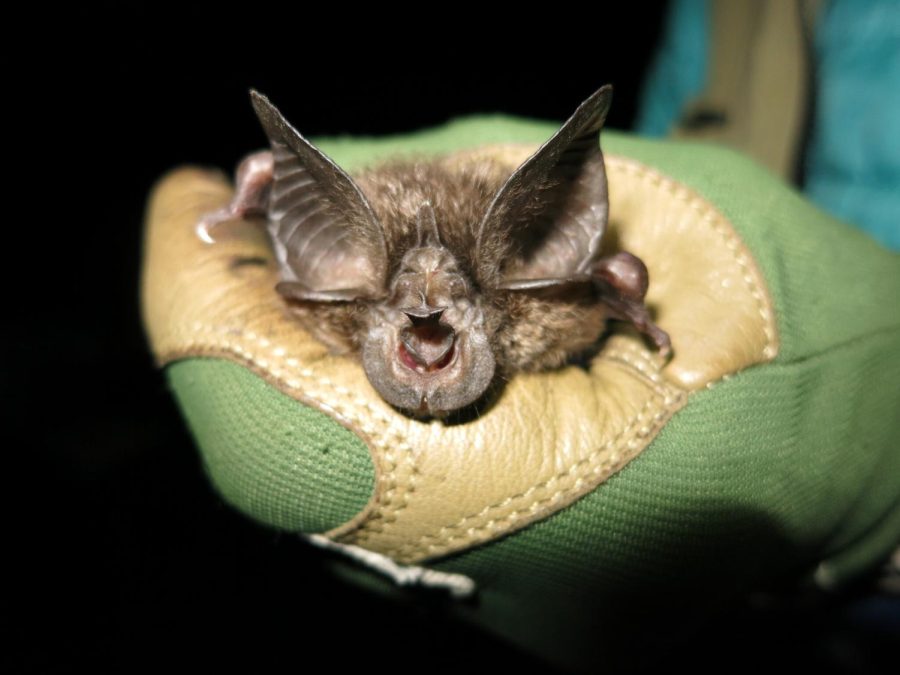Bat rediscovered in Rwandan forest after 40 years
April 9, 2022
A species of bat that has not been seen in 40 years was recently rediscovered by researchers in the Nyungwe National Park in Rwanda.
The Hill’s horseshoe bat is a species of critically endangered, insect-eating bat that is native and exclusive to Rwanda. This discovery of individual Hill’s horseshoe bats in the Nyungwe National Park are the only recorded discoveriesof the species.
This discovery was the culmination of survey attempts to find living individuals from the species that started back in 2013. The mission was a joint effort from Bat Conservation International, the Rwanda Wildlife Conservation Association and the Rwanda Development Board.
“Going into this project we feared the species may have already gone extinct,” Bat Conservation International Director of Endangered Species Interventions Dr. Jon Flanders said. “Rediscovering Hill’s horseshoe bat was incredible — it’s astonishing to think that we’re the first people to see this bat in so long. Now our real work begins to figure out how to protect this species long into the future.”
It was during a 10-day field expedition in January 2019 that the research team was able to humanely catch two individual Hill’s horseshoe bats.
Hill’s horseshoe bats are small and dark brown in color, with a skin flap in the shape of a horseshoe on the bottom of their nose and a pointed skin flap on the top. Their ears are pointed and ribbed.
This unique look is what helped the researchers realize they had finally found the rare species they had long been searching for.
“We knew immediately that the bat we had captured was unusual and remarkable,” Bat Conservation International Chief Scientist Dr. Winifred Frick said. “The facial features were exaggerated to the point of comical. Horseshoe bats are easily distinguishable from other bats by characteristic horseshoe shape and specialized skin flaps on their noses.”
In addition to the unique facial features of the bats, the scientists were able to confirm the species by taking measurements of the bats’ bodies and wings, which they noticed matched the description of the species.
To be absolutely certain of the team’s discovery, Flanders took a trip to Europe to view the only known specimens of the Hill’s horseshoe bat, which happened to be in a museum’s archives, to confirm what they captured was the same species.
Following the discovery, researchers from Rwanda’s Maasai Mara University worked with park rangers from Nyungwe National Park to distribute “bat detectors” capable of recording echolocation, which is the method many bat species use to locate their food.
For nine months, the researchers recorded echolocation sounds and picked up a quarter million sound files, finding that the bats live in a very, very small area of the national park.
“Knowing the echolocation calls for this species is a game-changer,” Maasai Mara University senior lecturer Dr. Paul Webala said.
The data collected from the team’s research efforts since 2013 have now been released on the Bat Conservation International website and in the Biodiversity Data Journal. The information will help future research and conservation efforts for the Hill’s horseshoe bat.
“Nyungwe National Park is one of the most biologically important montane rainforests in Central Africa, supporting an exceptional range of biodiversity including many rare and endemic species, including bats,” Rwanda Development Board Conservation Management Expert Eugene Mutangana said.








